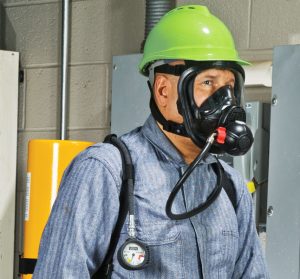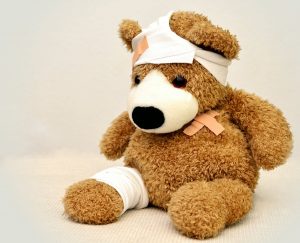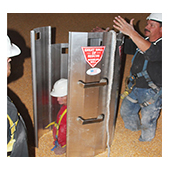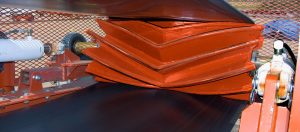
Railroads are inherently dangerous places to work. An average freight car weighs more than 250,000 pounds when fully loaded, and some cars carry toxic chemicals, spent nuclear fuel and radioactive earth from old nuclear energy sites, according to Safety Management Group.
The dangers for workers are serious. For example, workers who don’t follow proper safety procedures when loading and unloading cars may be injured; a worker who gets trapped between two cars or falls under a moving car can lose limbs or be crushed.
To protect workers, proper railway safety procedures should be in place and followed at all times, and workers must always be aware of potential hazards. Employers also must keep workers safe with equipment that protects them. Here are some hazards in and around the railroad business and ways to keep workers safe:
- Injuries: If you need to adjust equipment on the train, use the proper tools. For example, trying to adjust coupler height with your foot can result in losing a limb. If you need to climb up on a car’s ladder or stand on any of the walkways, be sure to maintain three-point contact at all times.
- Weather: Inclement weather creates hazards. For example, rain, snow and ice can increase the risk of slips and falls, especially if you don’t have the proper guardrails or other safety measures in place.
- Visibility & Communication: All personnel working near railcars should wear high-visibility apparel, such as reflective vests. If there are places where visibility is limited and workers should not cross the tracks, guardrails can add an extra layer of security. If there is limited clearance between railcars and a structure, safety signs should be posted to warn that there’s no room for a worker.
- Loading & Unloading Cars: When loading and unloading a railcar, balance is important. The weight of the contents must be as equal across the car’s width as possible to prevent the car from falling off the track. Proper procedures must be followed and consider that bulk materials such as cement, grain, sand and dry chemicals may interfere with the ability to open and close gates and doors. But trying to open doors by hand can lead to injury. Instead, workers should use tools such as pneumatic boxcar door openers.
- Moving Cars: Railcars should only be moved with equipment that is specially designed to do so. Using jobsite equipment to move railcars is dangerous and may damage the cars. All car doors and other movable surfaces such as hopper gates must be closed before cars can be moved. Wheel chocks help make sure that the car’s wheels won’t roll or move. If cars need to be moved, railcar lifters can do the job safely.
For all your railway safety needs, visit www.kcsupply.com. KC Supply carries an extensive line of safety supplies for the railway and other industries. We are your local experts and can help you determine what you need to keep your employees and facility safe. Call 1.800.KC.SUPPLY.








